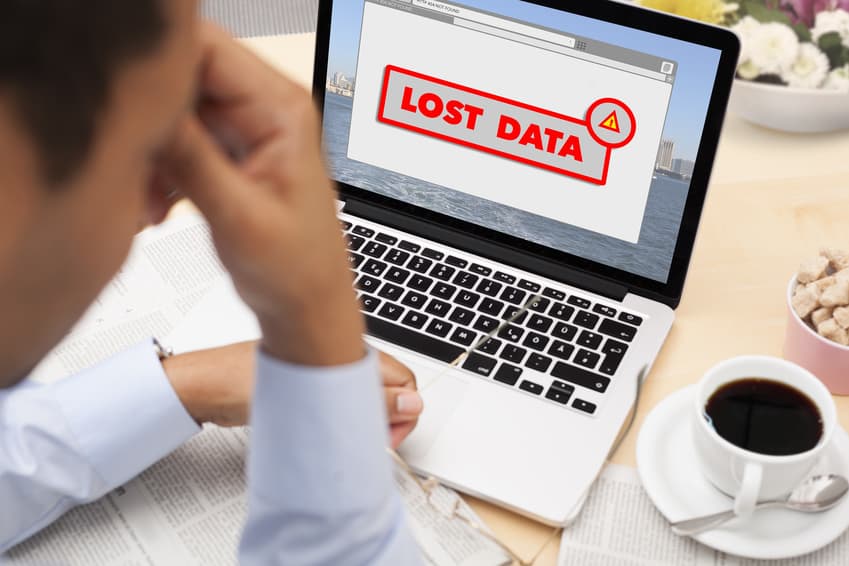Whatever the size of your business or its activities, network downtime has an impact. An obvious observation, it’s true, but have you ever tried to quantify it in terms of actual monetary damage? Have you considered the fickle nature of customers? Reputational damage? Does your disaster recovery plan include the time taken for hardware replacement in the event of a catastrophic failure?
If you have, well done. If not, then there are several surveys that demonstrate the real damage caused by unexpected downtime, whether you run a data centre or your internet activities are limited to an internal network.
“In most cases, network outage causes business disruption. In some cases, where redundant services are not in place, your business effectively grinds to a halt”, said Przemysław Jarmużek, Technical Support Specialist at SMSEagle.
You don’t have to be in a technical industry to be impacted by downtime.
“Take your typical professional service provider, such as those in a legal or accountancy area. When their network goes down, they must resolve it as quickly as any other company, given that technology is ubiquitous when communicating with clients. Many have industry-specific solutions for case or client management to facilitate regulatory requirements that are inoperable when the broadband connection is lost. Clearly, in such situations, an emergency alert system must include a means of detecting a lost connection and informing those who can fix it, whether an inhouse IT team or a contracted external company,” said Radosław Janowski, Product Manager at SMSEagle.
Costs Are Rising?
Okay, we know that downtime is to be avoided but what are the costs and are they rising or reasonably constant? Several surveys provide the answers we seek. Let’s consider data centres as they are key to cloud services, e-commerce stores and access for remote or travelling employees.
A 2016 Ponemon Institute survey demonstrates the rise in downtime costs for U.S. data centres from 2010 to 2013 and in turn to 2016. While the cost varied, the low, average and highest costs increased each year. For example, in 2010, the average downtime cost per minute was $5,617. In 2013, this increased to $7,908 and in 2016, rose to $8,851.
Other important conclusions from this survey include:
- Companies that depend on data centres have downtime costs that are rising faster than their counterparts who are not dependent on data centres.
- Uninterruptible power supplies (UPS) is the number one cause of unplanned outages, affecting 25 per cent of those surveyed.
- Cybercrime is the fastest growing cause, causing 2 per cent of outages in 2010 but 22 per cent in 2016.
“UPS and cybercrime can both bring down a network, preventing traditional network alerts. I recommend a solution that can alert those responsible for the network in a timely manner, one that has its own battery and can use mobile networks as a communication option. In fact, we make those solutions”, joked Janowski.
Other Relevant Surveys
Downtime costs will vary by company, size, industry and reliance on third-party data centres but one thing is clear. Downtime is bad and prompt response times by IT teams reduce costs…
Let’s look at some other surveys that show downtime costs, a useful reference for those seeking to justify a robust disaster recovery plan, regardless of whether the outage is caused by hardware failure, ransomware or service failure.
2017
- An Imperva survey of 170 security pros at RSA focused on ransomware with those impacted indicating that downtime caused ranged from less than 8 hours to more than 2-3 days. In fact, 59 per cent of those surveyed were more worried about the cost of downtime compared to 11 per cent for paying the ransom. On the positive side, for ransomware related downtime, the costs were less than $5,000 for 44 per cent of respondents.
- CloudEndure’s survey focused on disaster recovery and, as it was in 2016, human error is the biggest risk to service availability and responsible for 23 per cent of downtime. Network failures were in second place at 17 per cent and in third, external threats.
“Human error is a common problem but can be reduced by regular in-house training by the IT team”, said Jarmużek.
- ITIC’s annual survey of 709 global companies covered small and medium business, SMEs and large enterprises and offered some interesting insights. 79 per cent of all companies, regardless of size, expect 99.99 per cent uptime. This equates to 52 minutes of downtime per year…
2016
- IHS Inc’s 2016 press release and related survey claimed that downtime is costing North American organisation $700 billion each year.
In conclusion, downtime is possible and costly. The only way to combat it effectively is to build redundancy into as many systems as possible and by ensuring those tasked with fixing any technical issues are promptly informed to reduce the costs associated with prolonged outage. A robust disaster and response plan will allow your company to prepare for almost any eventuality. Is yours up-to-date? What’s your hourly downtime cost?






